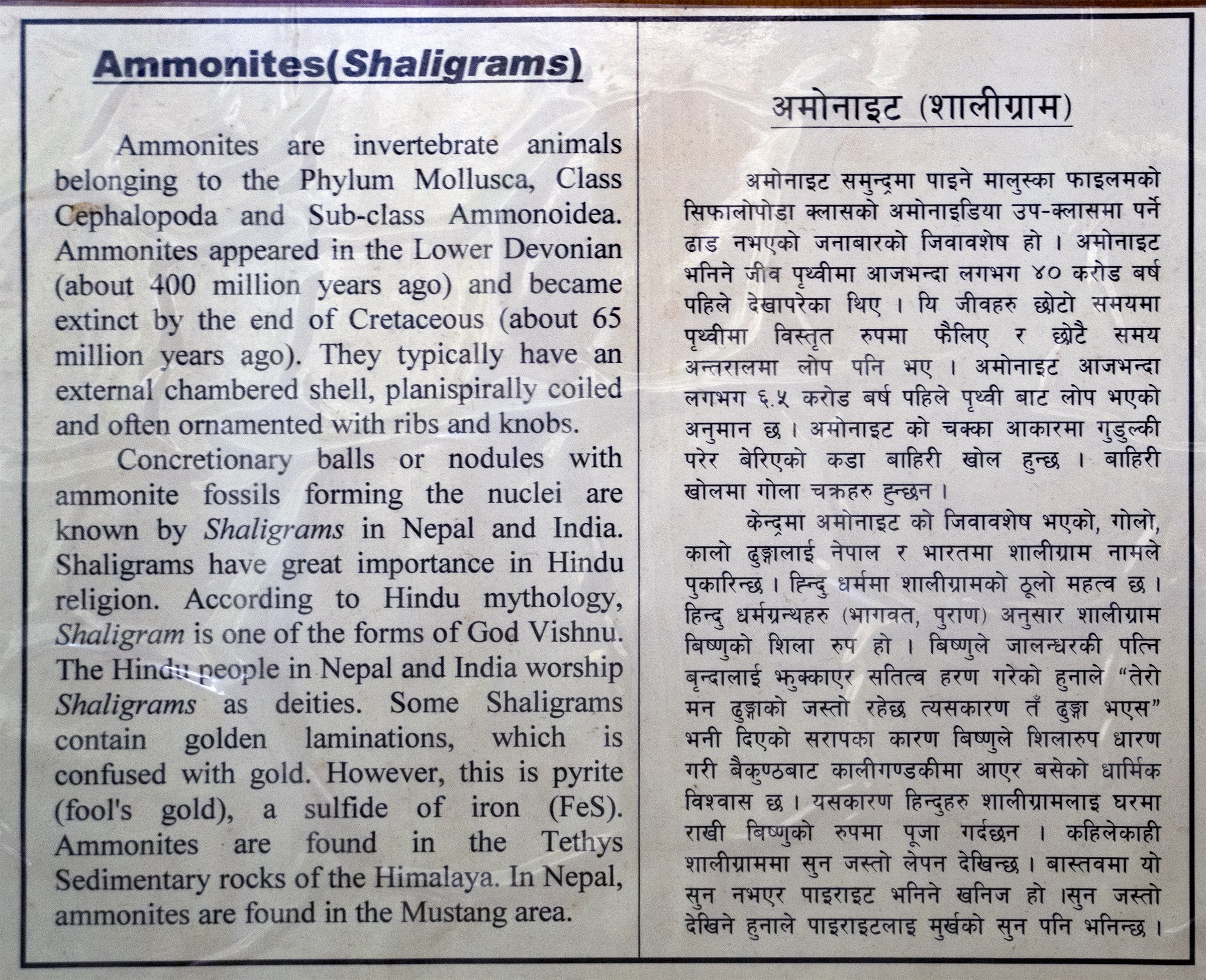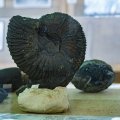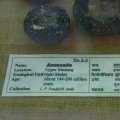IMM - Flora and Fauna: photo 2
Photo 2 of 49 in Gallery: IMM - Flora and Fauna

Image title: Ammonites (Shaligrams) information
Description of the photo
Ammonites are invertebrate animals belonging to the Phylum Mollusca, Class Cephalopoda and Sub-class Ammonoidea. Ammonites appeared in the Lower Devonian (about 400 million years ago) and became extinct by the end of Cretaceous (about 65 million years ago). They typically have an external chambered shell, planispirally coiled and often ornamented with ribs and knobs.
Concretionary balls or nodules with ammonite fossils forming the nuclei are known by Shaligrams in Nepal and India. Shaligrams have great importance in Hindu religion. According to Hindu mythology, Shaligram is one of the forms of God Vishnu. The Hindu people in Nepal and India worship Shaligrams as deities. Some Shaligrams contain golden laminations, which is confused with gold. However, this is pyrite (fool's gold), a sulfide of iron (FeS). Ammonites are found in the Tethys Sedimentary rocks of the Himalaya. In Nepal, ammonites are found in the Mustang area.
Gallery information:
The museum exhibitions in this gallery are from the International Mountain Museum in Pokhara. They belong to the category “Flora and Fauna Section” (vanaspati tatha jivjantu shakha).
Photo details:
Date: 2019-11-11
Camera: SONY ILCE-6400
Exposure: 1/25
Aperture: f/4.5
ISO: 1250
Focal length: 34mm
High resolution:
Download file
Size: 2.60 MB
Resolution: 2400 x 1950
© Photograph by Gabe Hiemstra.
License: CC BY-NC-ND 4.0

